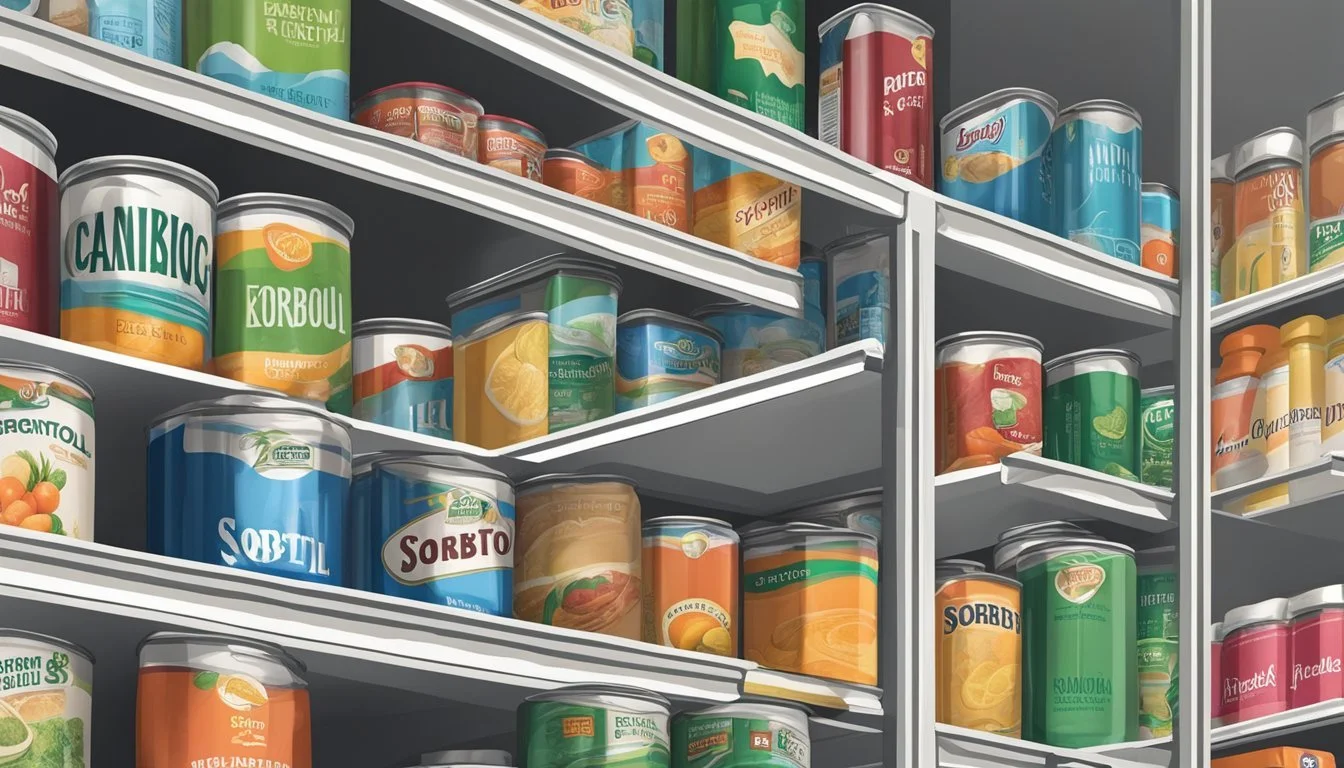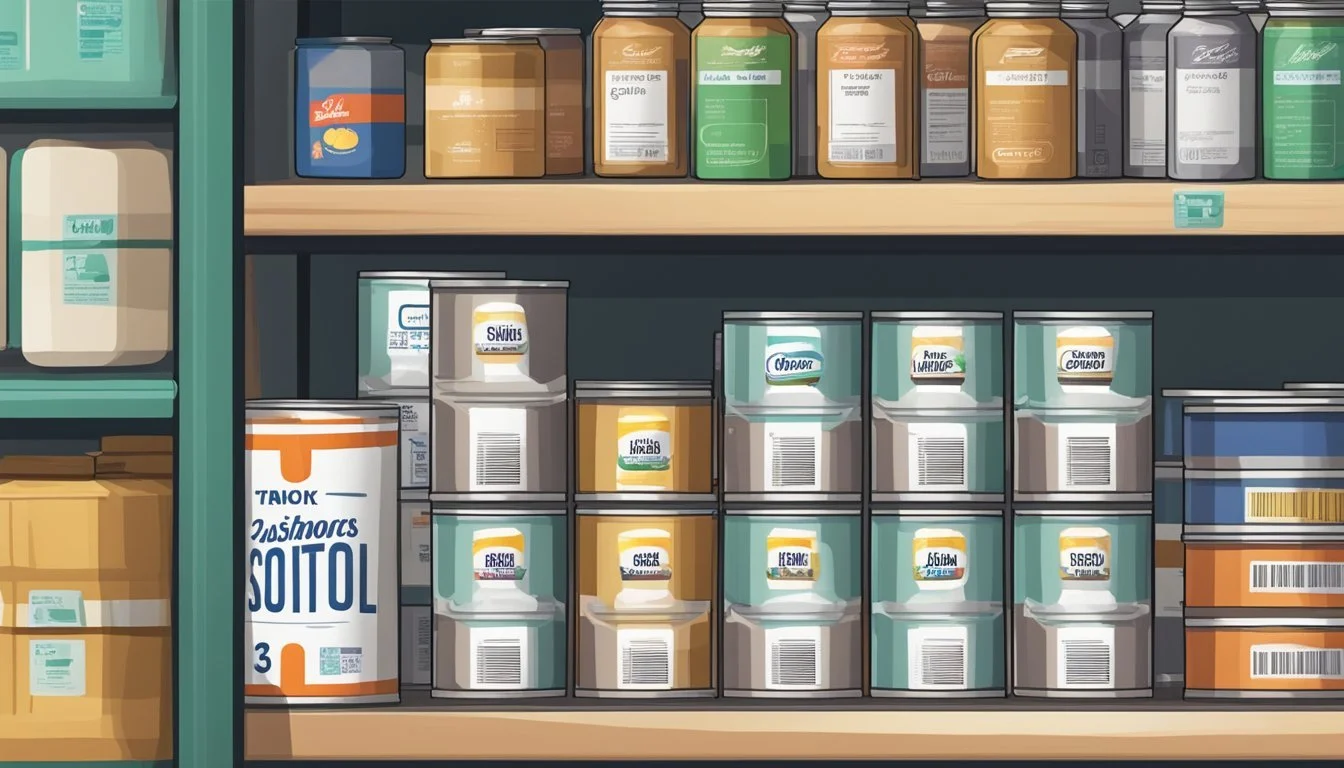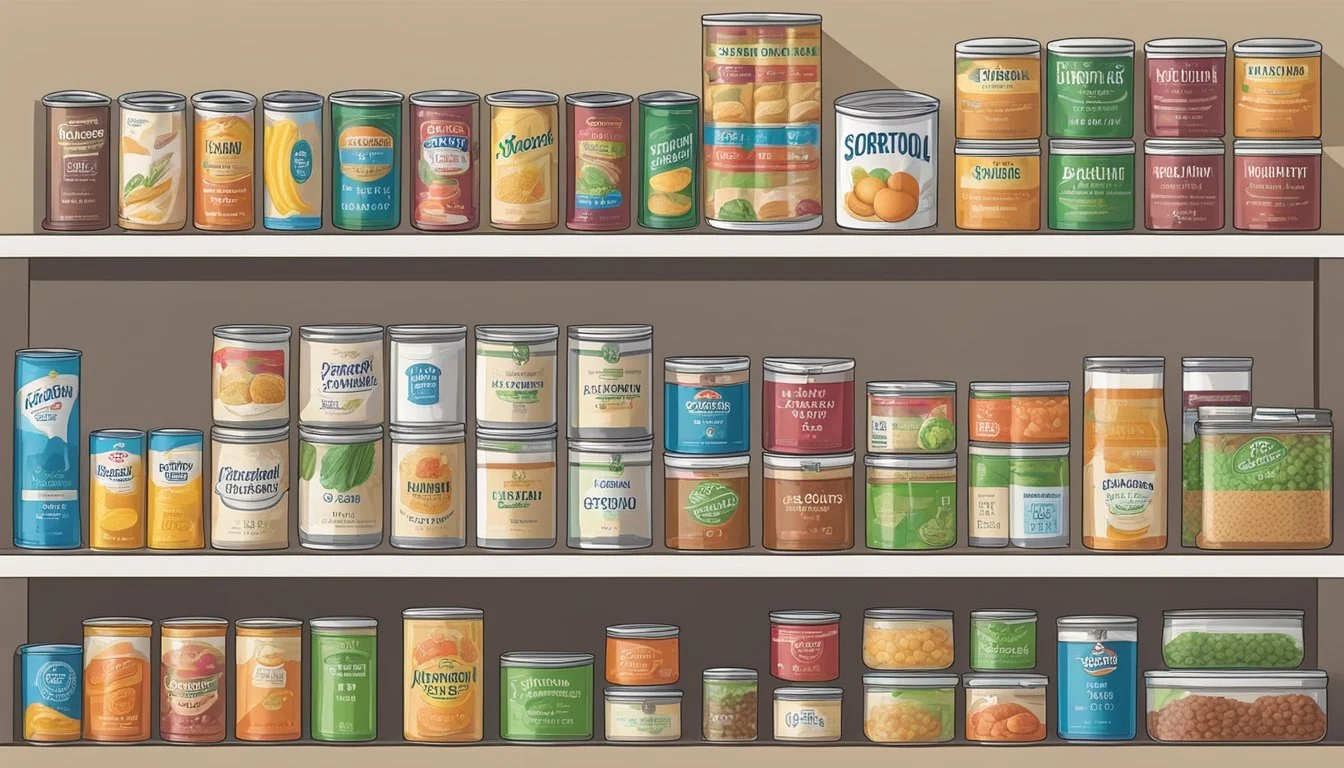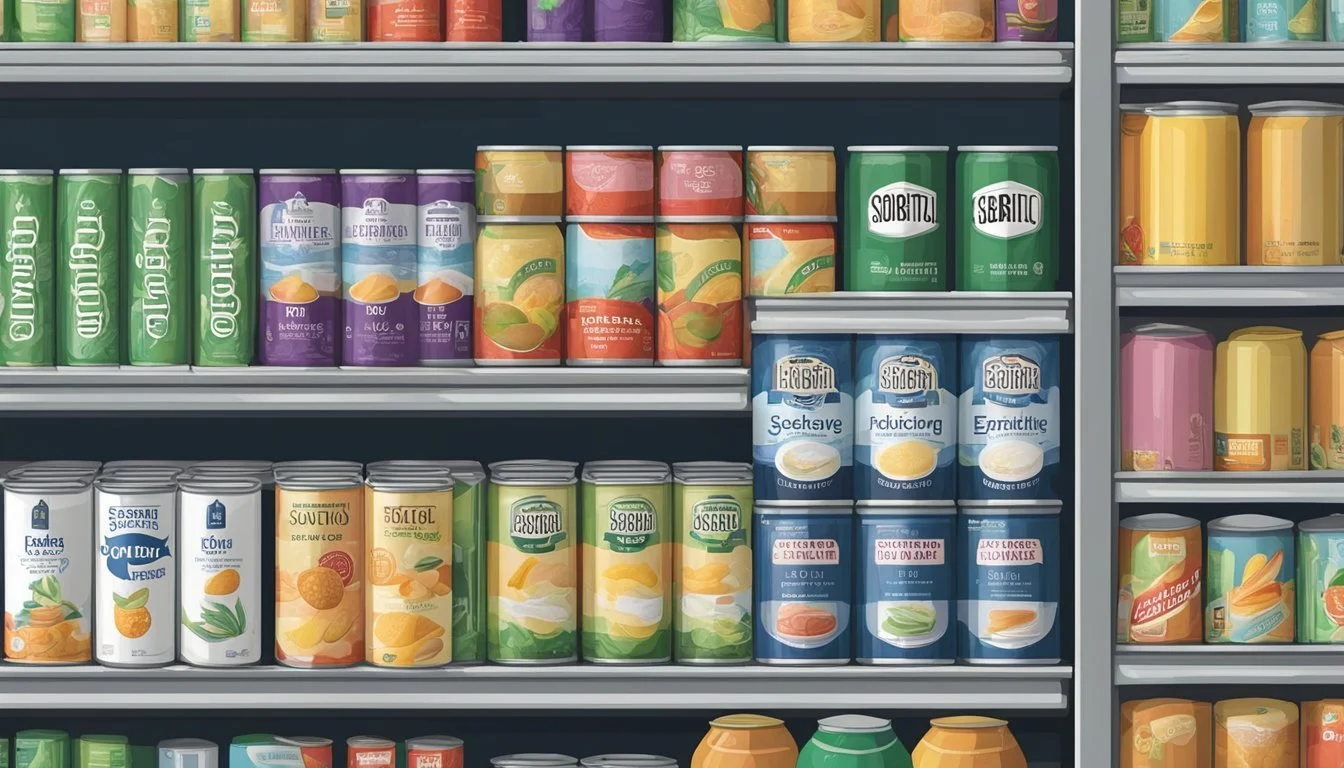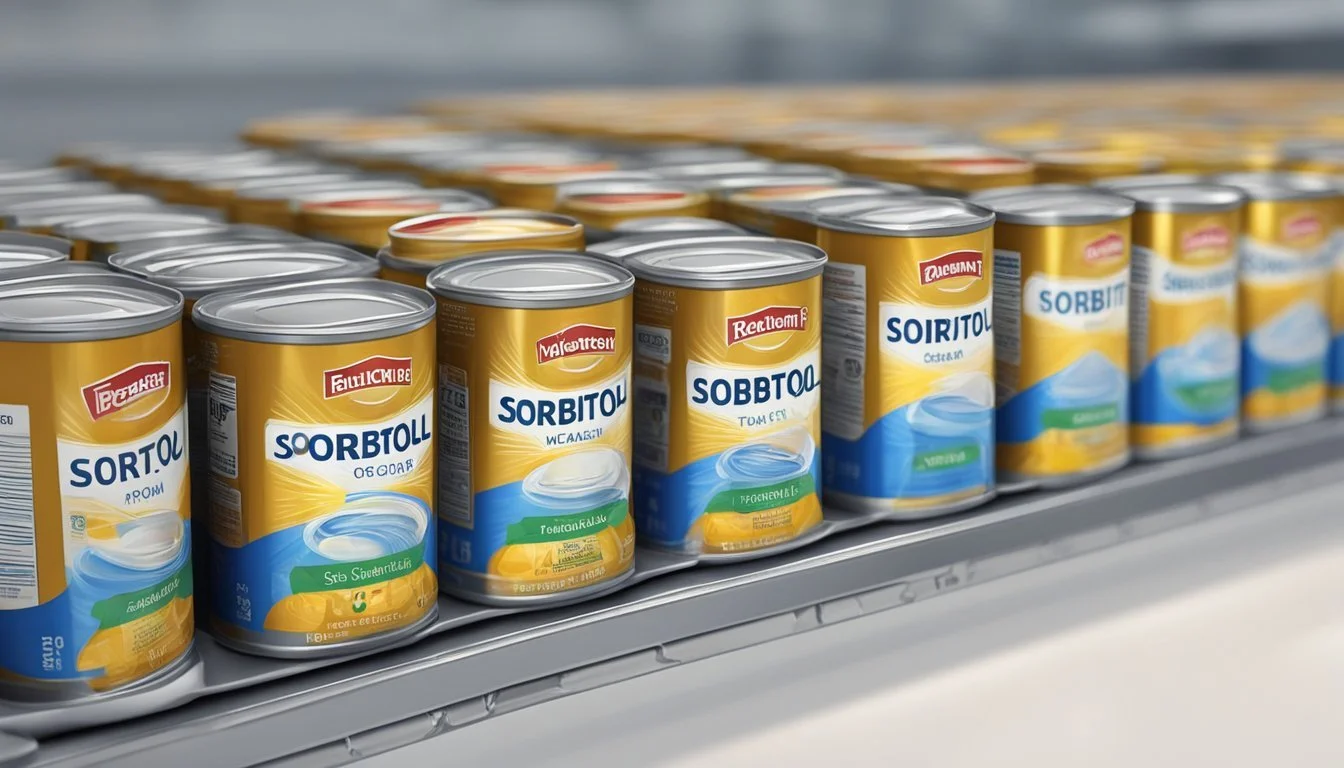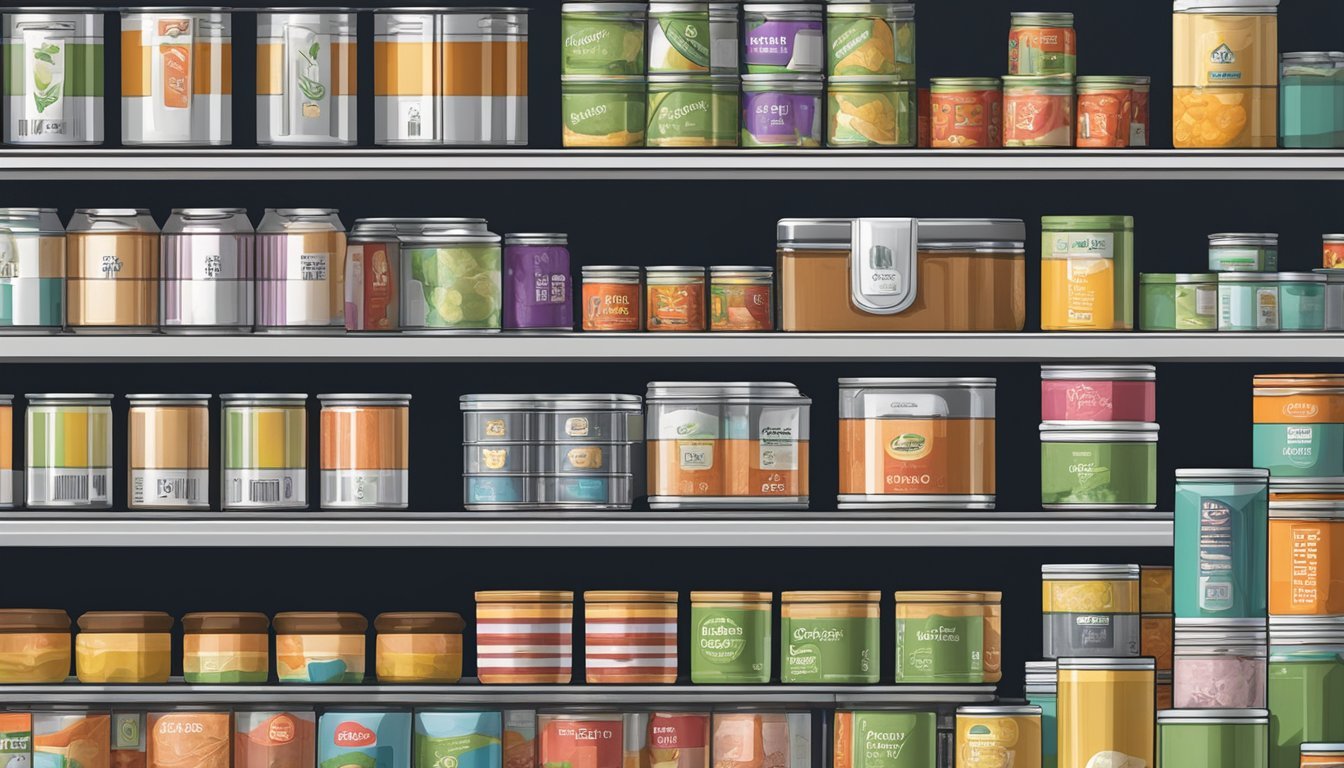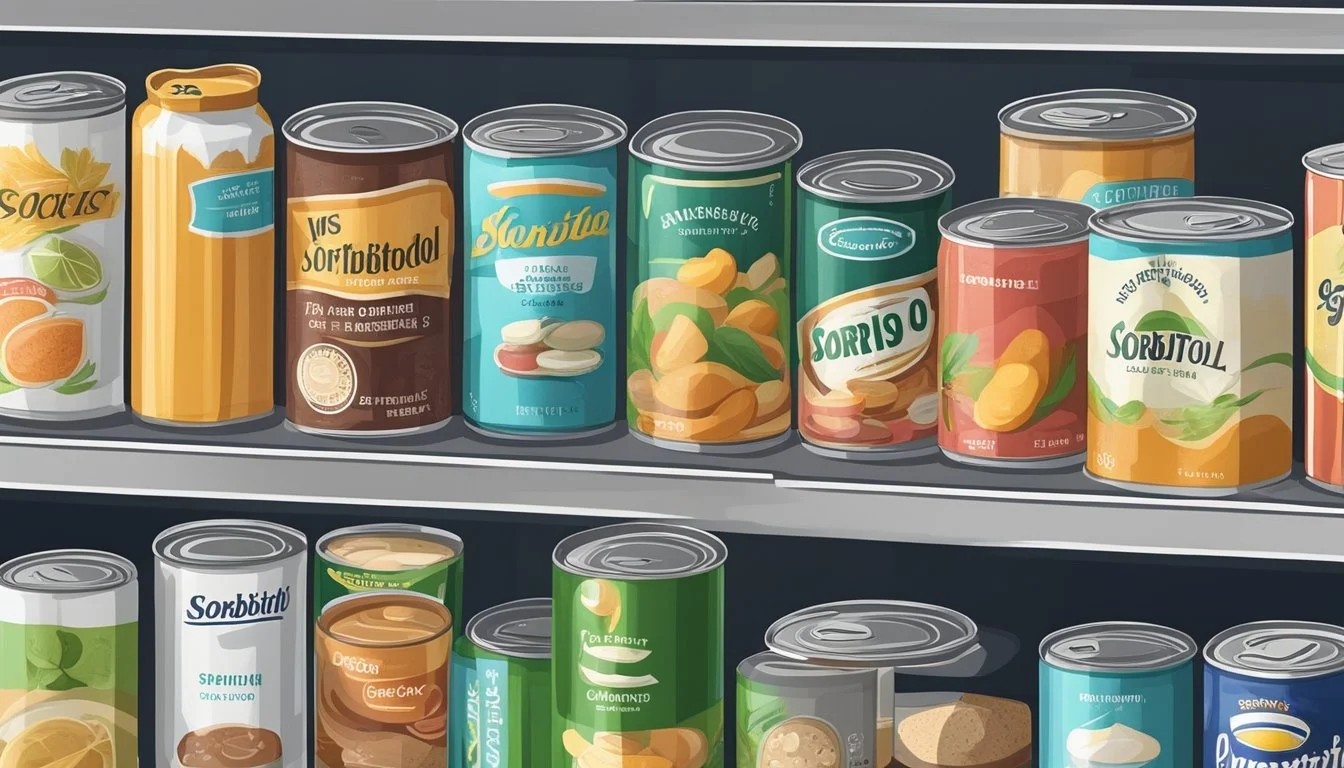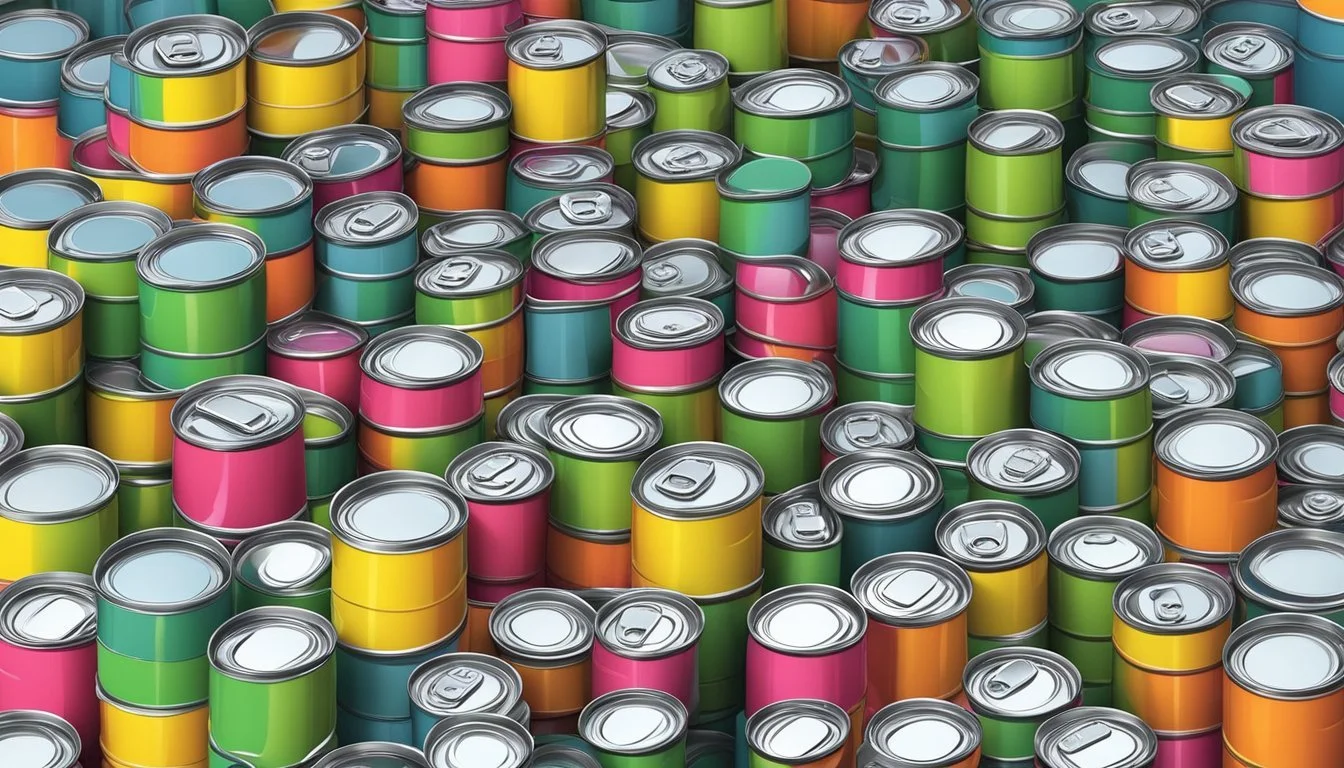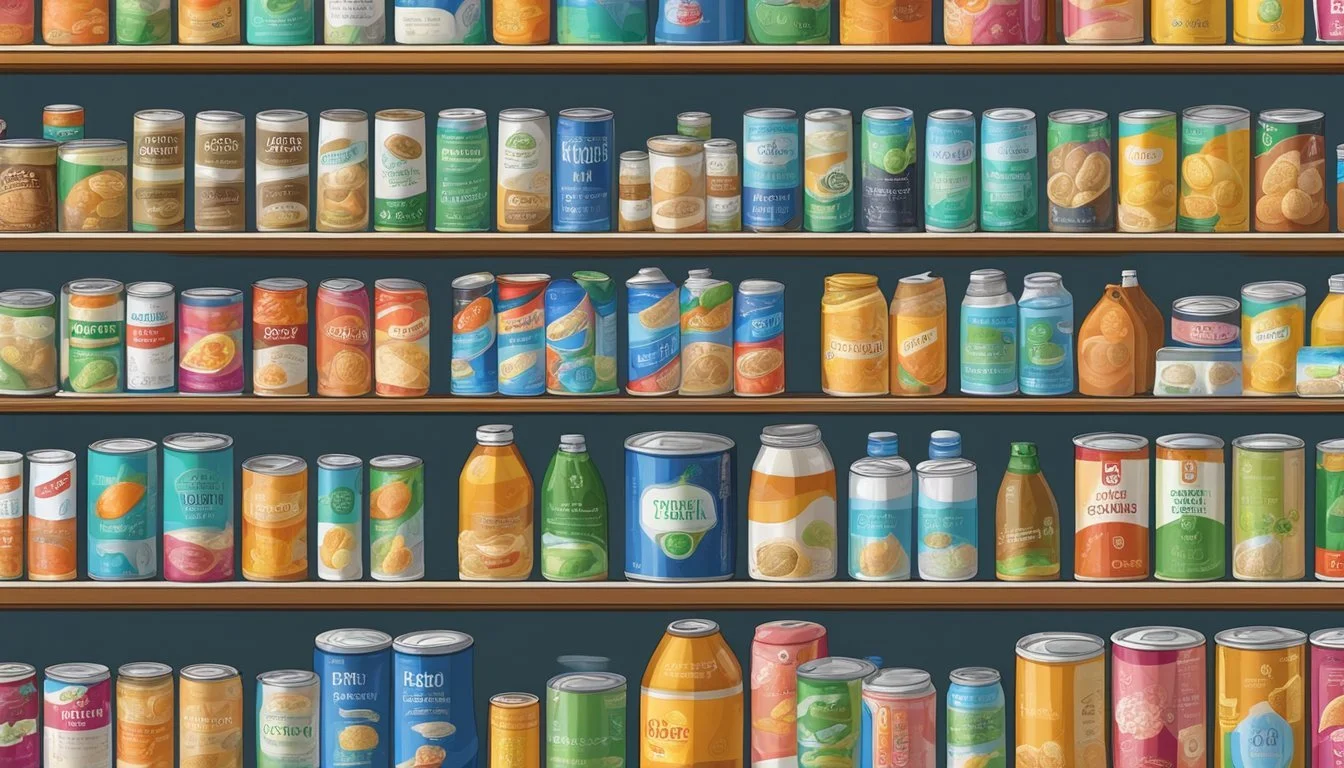How Long Does Canned Sorbitol Last?
Understanding Shelf Life and Storage
When assessing the shelf life of canned sorbitol, it is important to consider the stability of sugar alcohols as well as the canning process. Sorbitol, a sugar alcohol commonly used as a sweetener and a laxative, tends to be stable due to its chemical structure. The preservation qualities of canning theoretically allow sorbitol to maintain its integrity over a considerable period of time, provided the can remains sealed and undamaged.
In a canned form, sorbitol's longevity is also influenced by storage conditions. Exposure to heat, light, and moisture can affect the quality and effectiveness of the product. Under ideal storage conditions – in a cool, dark, and dry place – the shelf life of canned sorbitol can extend to several years. However, it's essential to adhere to the expiration date provided by the manufacturer or seek professional guidance if in doubt about the product's viability after an extended period.
Understanding Canned Sorbitol
The shelf life and quality of canned sorbitol are influenced by its chemical makeup, how it's processed, and its role in food preservation.
Composition and Properties
Sorbitol is a sugar alcohol with a sweet taste that's often used in food products as a sugar substitute. It is hygroscopic, meaning it attracts and retains moisture, which can be beneficial in keeping canned foods moist. Chemically, it is known as a polyol, or D-glucitol, and has a stable shelf life due to its resistance to high temperature and oxidation.
Stability: Sorbitol remains stable under high heat, a common condition in canning processes.
Hygroscopic nature: Helps in retaining moisture in canned foods, maintaining their texture and quality.
Canning Process
The canning process involves sealing food in airtight containers and then heating it to a temperature that destroys potentially harmful bacteria and other microorganisms. Sorbitol can be added to the food before canning to act as a sweetener or to retain moisture.
Heat Treatment: Ensures the longevity of canned sorbitol by eliminating contaminants.
Airtight Sealing: Protects the sorbitol from external factors such as air and moisture which might degrade its quality over time.
Sorbitol in Preserved Foods
In preserved foods, sorbitol serves dual purposes - it contributes to the overall taste and texture of the food and helps in maintaining its quality over time. As a non-cariogenic sweetener, it does not contribute to tooth decay, making it a favorable addition to canned products.
Nutritional Benefit: Sorbitol contains fewer calories than sugar, offering a lower-calorie option for sweetening canned foods.
Food Quality: It helps maintain the desired texture and moisture content in canned goods, preventing drying out over time.
By understanding these aspects of canned sorbitol, consumers and manufacturers can better appreciate its role and effectiveness in food preservation.
Safety and Quality Assessment
When assessing the longevity of canned sorbitol, it is essential to differentiate between safety and quality. Ensuring the product remains safe for consumption is paramount, and understanding the impact of various factors on the product's taste and quality is also significant.
Expiration Date Significance
The expiration date on canned products acts as a guideline for peak quality. While the seal on the can remains intact, canned sorbitol can remain safe beyond this date, but its taste and sweetness might diminish.
Inspecting Can Integrity
Can integrity is crucial for food safety. Consumers should visually inspect cans for rust, dents, and bulging. Any sign of these defects could indicate a compromised can, which increases the risk of botulism – a serious foodborne illness.
Rust can lead to small holes in the can, exposing the contents to air and bacteria.
Dents may not always be a safety concern, but severe dents, especially near seams, can be problematic.
Bulging suggests gas production inside the can, often a sign of microbial spoilage.
Identifying Spoiled Products
Canned sorbitol should be discarded if there are any signs of spoilage upon opening. The presence of an off smell, an unusual texture, or a change in color can all be indications that the product is no longer safe to consume. The seal's integrity is often a telltale sign; if compromised, the risk of spoilage and foodborne pathogens like botulism is significantly increased.
Storage Guidelines
In the realm of canned goods, like sorbitol, proper storage plays an essential role in both preserving the food's quality and ensuring its safety. Clearly understanding optimal conditions, potential impacts, and variances between high-acid and low-acid foods is vital.
Optimal Storage Conditions
For maintaining the integrity of canned sorbitol, it is recommended to store the product in a cool (below 85°F), dry, and dark place, such as a pantry. Temperature fluctuations should be minimized. Exposure to high temperatures can hasten the food degradation process, affecting both flavor and nutritional value.
Impact of Storage on Product Longevity
The longevity of canned sorbitol hinges on the environment where it's stored. Consistent storage conditions prolong shelf life, while varied conditions can compromise the can's seal and content. It is crucial to monitor cans for any signs of spoilage such as rust, denting, or swelling, regardless of the storage duration.
Storing High-Acid vs Low-Acid Canned Foods
Canned sorbitol, which is a sugar alcohol used as a sweetener in various food products, does not fit strictly into the traditional high-acid or low-acid food categories. However, the storage principles for both categories still provide useful guidance:
High-acid foods (e.g., tomatoes, fruits): They should be used within 12 to 18 months for best quality.
Low-acid foods (e.g., meats, vegetables): They typically have a longer shelf life of 2 to 5 years.
Canned sorbitol, being more shelf-stable, typically aligns with the longevity of low-acid foods, but regardless of its acid content, all canned goods should be stored properly to maximize shelf life.
Extending Shelf Life
When it comes to canned goods, particularly those containing sorbitol, the durability and maintenance of quality over time are contingent upon proper preservation techniques and storage conditions.
Best Practices for Home Canned Goods
Optimal Storage Conditions: A crucial factor in extending the shelf life of home canned goods is storage temperature. Home canning experts recommend keeping canned goods at a stable temperature between 50°F and 70°F to maximize longevity. Exposure to higher temperatures can accelerate the degradation process, diminishing quality and shelf life.
Vacuum Sealing: Ensuring a strong vacuum seal is paramount for the preservation of home canned goods. This seal prevents air from entering and promotes an anaerobic environment, which is necessary to inhibit microbial growth and preserve the product's quality.
Industrial Vs. Home Canning Differences
Manufacturing Standards: Industrial canning processes typically achieve a higher level of sterility due to strict adherence to sterilization protocols that may not be replicable in a home setting. This often translates to a more extended shelf life for commercially canned products compared to home canned goods.
Quality Control: Consistency in canning procedures is more manageable on an industrial scale, where pH levels, sugar concentrations, and additives like sorbitol are meticulously controlled to extend shelf life. Home canners should pay careful attention to recipe instructions and canning guidelines to ensure food safety and quality are maintained.
Health Considerations
When discussing the longevity of canned sorbitol, it's not just the shelf life that is of interest but also how the health implications of the product can be maintained or compromised over time.
Nutritional Value Maintenance
Canned sorbitol retains its nutritional value for the duration of its shelf life, provided it is stored appropriately and the can's integrity is not compromised. Sorbitol itself does not degrade, ensuring that its caloric value remains consistent. However, if packaged with other nutrients, one should consider the stability of those vitamins or minerals.
Potential Health Risks
Storing canned sorbitol over an extended period could potentially increase the risk of exposure to toxins if the can gets damaged or rusts, which could lead to contamination. Another health consideration is the risk of Clostridium botulinum, a bacterium that can cause botulism. While the risk is low due to the nature of sorbitol, proper canning processes are crucial to avoid any health hazards.
Practical Tips for Consumers
This section focuses on the fundamental aspects of handling and storing canned sorbitol, offering practical advice on making the most of its shelf life while ensuring safety and freshness.
Proper Usage of Canned Foods
Consumers should be aware that the use-by and sell-by dates are not hard-and-fast rules for safety but rather guidelines for peak quality. When it comes to canned sorbitol, which is used as a sweetener or humectant in various food products, these dates suggest when the product is at its best. For optimum safety and quality, one should always:
Inspect cans for dents, rust, or swelling, which can indicate compromised integrity.
Use products before the use-by date for the best sensory and nutritional quality.
Once opened, transfer any unused sorbitol to a sealed container and refrigerate.
Managing Pantry Inventory
Effective inventory management helps maintain a safe and efficient pantry. To help with this, consumers can:
Rotate stock by using the First In, First Out principle; use older products before newer ones.
Keep an inventory list with dates of purchase and use-by dates to track and prioritize food usage.
Store canned foods in a cool, dry area away from sunlight to prolong their usability.
Decoding Food Labels
Understanding food labeling is crucial for maintaining a safe pantry. Here’s a quick guide to what common terms mean:
Use By: The date recommended for the use of the product for best physical and sensory quality.
Sell By: The date by which the store should sell the product to ensure it remains good for consumption at home.
Consumers can remain confident in using their canned foods as long as they are undamaged and stored correctly, even after the sell-by or use-by date has passed. However, one should always verify product integrity and quality before use.
Impact on Food Quality
The impact on food quality of canned sorbitol over time is characterized primarily by sensory changes and alterations in chemical and physical stability. These changes can affect the freshness, taste, color, and overall quality of the product.
Sensory Changes over Time
With the passage of time, canned sorbitol may undergo changes that can be detected by the senses. Taste and freshness are two qualities that can degrade, which may result in a less desirable flavor profile. These sensory attributes are a direct indicator of the food's quality. Consumers should note any off-flavors or unusual aromas as potential signs of quality decline.
Chemical and Physical Stability
Chemical stability refers to the maintenance of the sorbitol’s structure and composition over time. Oxidation can occur, leading to potential quality degradation, including changes in color and taste. Physical stability involves the product's consistency and appearance; separation or textural changes are possible indicators that the quality may have been compromised. While canned foods are designed for longevity, these stability concerns are important to consider when assessing food quality.
It’s important to store canned sorbitol in accordance with manufacturer recommendations to maintain its quality and ensure that all the sensory and stability parameters remain within acceptable ranges.
Environmental and Economic Factors
Canned sorbitol, as a non-perishable product, plays a significant role in mitigating food waste and providing economic benefits. This section explores the environmental and economic aspects of canned sorbitol's longevity.
Reducing Food Waste
Canned sorbitol contributes to decreasing food waste through its extended shelf life. Shelf-stable foods like sorbitol prevent spoilage for several years. The long-term preservation of sorbitol allows consumers and businesses to utilize this sweetener without the concern of rapid spoilage, which is commonplace in perishable items, thus aiding the effort to curtail food waste significantly.
Advantages:
Extended Usability: Reduces the frequency of disposal due to spoilage.
Economic Efficiency: Maximizes the value obtained from the product.
Benefits of Canned Foods for Long-Term Storage
The benefits of canned sorbitol for long-term storage are manifold. First and foremost, it provides convenience—users can stock sorbitol without fretting over environmental conditions that commonly affect food preservation. As a non-perishable and shelf-stable product, canned sorbitol ensures food security, especially in scenarios where fresh produce may not be readily available.
Convenience Factors:
Accessibility: Sorbitol remains available for use regardless of seasonal changes or market availability.
Storage: It requires no special storage conditions, such as refrigeration.
Utilizing canned sorbitol aligns with economical and environmental stewardship by safeguarding resources and offering a reliable ingredient for various applications over an extended period.
Conclusion
When considering the shelf life of canned sorbitol, it's important to highlight that sorbitol is a sugar alcohol used as a sweetener and stabilizer in various food products, including canned goods. Sorbitol is stable, and its presence in canned items is likely to remain unchanged for a significant period, provided the can's integrity is not compromised.
In the context of home canning, while sorbitol itself does not spoil, the quality and safety of the canned goods depend more on the canning process and the type of food preserved. The guidelines for home canned foods suggest:
Optimal flavor and quality are maintained within the first year.
Canned goods remain safe to consume well beyond a year if stored properly.
Storage conditions also play a crucial role in the longevity of canned sorbitol-containing products. To ensure maximum shelf life, they should be kept in a cool, dry place away from direct sunlight.
In summary, canned sorbitol does not expire in the traditional sense, but the overall shelf life of the product it's in is dictated by other ingredients and the canning process itself. Consumers should always adhere to general food safety practices and pay attention to the manufacturer's labeling for the best quality experience.

